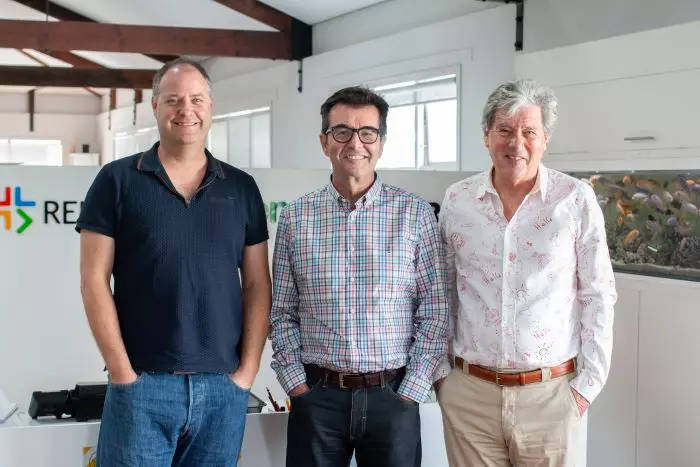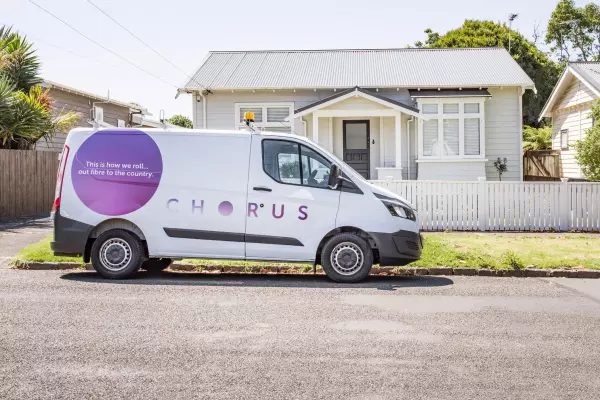A group of marketers is reinventing the fast-growing renovation sector by bringing business nous and a fixed price model into an industry dominated by one-man contractors.
Refresh Renovations, a franchise group based in Parnell, Auckland, has developed a business model that focuses on design and planning, backed by an IT portal to manage time spend, meaning the builder is working to a fixed contract up front.
The recent boom in home renovation and remodeling, which has also been driven by the covid lockdowns, has recently helped the firm that, which started up in 2010, to grow to 46 franchises across New Zealand, another 15 in Australia, 15 in the UK and six in the US.
The wider group, which now counts six year-old landscaping group Zones and recent maintenance and repair entrant Oncore, has 131 franchises worldwide, 75 of which are in NZ.
The precursor to the franchise businesses and what is now its IT and marketing back office, Traffic NZ, was founded in 2000 by Chris Caiger.
The former head of marketing at Fletcher Building brought Jon Bridge, an IT and business consultant who had worked with 3M and NZ Steel and brand specialist Barry Bloomfield, on board in 2002.
Caiger said the consultants already knew that the commercial market was dominated by large construction groups, "because that’s about capital and managing risk".
The new home market is also consolidated because there’s a lot of capital involved, he said, but that lends itself to franchising models, like GJ Gardner, because of its service-driven nature.
It was the third, and potentially biggest part of the pie which caught their attention, and that was residential renovation.
“We realised, alongside our clients, that if someone could crack a scale model in the renovation market that would offer up huge value across the building chain,” Bridge said.
The challenge wasn’t just to identify the issues of the market, like building jobs going wildly over time and budget, but how to fix those problems.
Bridge suggests that most of the problems in the sector track back more to disorganisation and miscommunication than having the necessary trade skills to do the job.
Top down model
That got the firm started on the design of a “top down” business model that would work across consumers, contractors and suppliers.
“Our clients liked that so much that they gave us the money to get it going,” said Bridge.
That, Caiger said, made the firm one of those “very rare breed of consultants who actually take their own advice.”
That saw the formation of Refresh in September 2009, a franchise model which its founders think can capture between 3% to 5% of a market estimated at $8 billion a year in NZ.
That’s a similar revenue scale to NZ's hardware and retail building materials sector, but is a microcosm of the estimated US$350b value of the US market.
Caiger said it’s tricky to put a figure on the prospective market size across its four main markets, largely because a lot of it is unconsented work whose value is therefore not recorded anywhere, but also because it’s so badly managed at global level.
Bridge said that's reflected in at least one-in-five jobs currently being the subject of a dispute or claim against completed work.
Research from industry research and design agency Branz, also suggests that almost a third of all money spent on renovations is simply wasted.
“In an $8 billion industry, that’s a big number.”
That is a function of small contractors dominating the industry, not just in NZ, but globally.
Small businesses
A recent study by Harvard university counts 650,000 general contractors in the US contracting industry. Of those, about 90% are one and two person businesses.
That number is probably closer to about 12,000 in NZ, or about 12% listed by Stats NZ as construction services workers.
Refresh has now expanded into the Australian, US and UK markets and the group has similar plans for offshoots Zones and Oncore, started in 2014 and 2019 respectively, though they are bedding their businesses down first in NZ, Bridge said.
For every 20 franchises, the group has a franchise business manager whose role is to work with the franchisees to help them grow their businesses, but also through collaboration and sharing of tradespeople.
Bridge said at the outset it was important to map out the prospective market sizes for each franchise.
The firm has developed that on the basis of $100m in prospective market size by revenue, measured by council area.
So Auckland, as a large market, is rated at $900m and nine franchises are offered. The North Shore, valued at $500m, has five franchises.
Professional people
The key thing with the model, Bridge said, is that there are more professional people than tradespeople as franchise owners.
“It’s more about business and people management skills, so our franchises are bought by good operators and businesspeople, and they will often come from the corporate world.”
A dispute rate at close to 1%, compared to the industry wide 20% to 40%, is a proof point for the quality of the service, he claimed.
Caiger said much of that came down to design and planning up front, which meant customers “essentially had a fixed price contract up front”, so that would take time and materials out of the equation.
Its IT system also includes a homeowner portal which allows the franchisee and client to identify time spent on the project.
Reasonable buy in
Bridge said franchise fees, at about $150,000 to buy a franchise and another $100,000 in capital to buy in, were less expensive than buying into other franchise models.
By comparison, buying into a Coffee Club, which has 63 franchises around NZ, is about $500,000. The franchise said it works to about a three-and-a-half year return on the initial investment.
Caiger points out that a cafe also came with the added risk of long term leases, fit out and staff costs, whereas the Refresh model, was scalable by purely "investing more in marketing, hiring more salespeople and more project managers.”
The other hallmark of the sector, he said, is that the renovation sector is consistent at about 2% annual growth on a long term basis, “driven largely by lifestyle and fashion and a need to update, rather than any increase in home values.”















